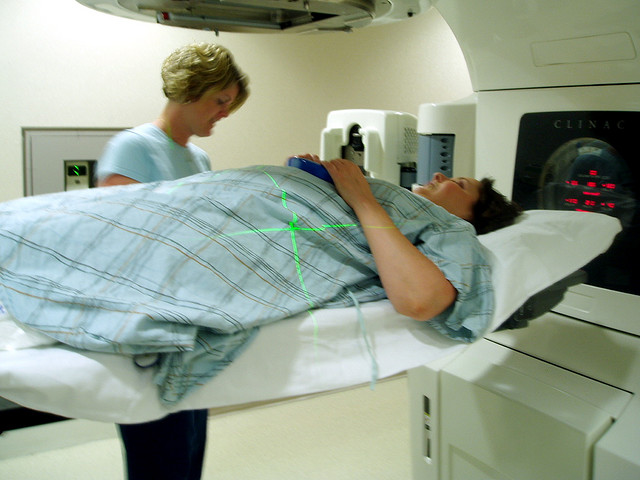Cancer is one such disease which is excruciating for both the patient and their families. Till now there is no full proof medicine for cancer. There have been treatments like chemo therapy and among the most recent ones is the Electron Beam Therapy (EBM). This therapy is similar to the radiotherapy in which electrons are used to treat the malignant tumor. Since the rays that are used in this therapy are finite the dosage fades off very quickly consequently leaving the deeper tissues unaffected even after the successful completion of the procedure. The range of the treatment is determined by changing the amount of energy that is being used. There are several ways by which this energy can be modified one of which is through the application of bolus to the affected area.
What exactly is a bolus?
A bolus is a mass that has been made in such a way that it can function in a particular area. The modification of energy takes place by its thickness; this thickness allows the correct amount of energy to pass through it.
Role of 3D Printing:
Recently, the researchers at the Dalhousie University and the Nova Scotia Cancer Center in Halifax has published a paper in which they have stated the use of 3D printing for the creation of bolus for the EBM therapy. Prior to this conclusion the team had experimented with various other methods of bolus creation like fabrication with the help of milling machine from an electron pencil beam design. In these methods there were many problems such as the errors that are inherent in the process, the irregularities in individual patient’s surface. Therefore the ultimate way for the creation of bolus was 3D printing.
In order to check whether the perfect bolus was being created by the usage of this technology an experiment was conducted. In this experiment careful calculations were done on the model body surfaces and these were then converted into stereolithography files. These files were then printed in solid polylactic acid on a MakerBot Replicator 2. The researchers also used MakerWare in order to define the quality of the prints and in the creation of their print profile. The bolus was created with 100% infill in order to make it completely solid. After the bolus was printed it was attached to the various attachments and a CT scan of the entire combination was done to full verify the fittings and to conduct the final dose distribution. It was concluded that the bolus which was created by a 3D printer would not lead to any clinically significant errors in dose distribution. It also showed that the new bolus functioned better than the ones that were created previously.
After this, 3D printers might become a standard equipment in the cancer hospitals. With the help of a 3D printer the medical costs will be reduced and the logistics would be simplified. The ways in which the healthcare industry can benefit from 3D printers has been proved in various domains.
Image Credit: Indydina with Mr.Wonderful (flickrhandle: littlesister)
